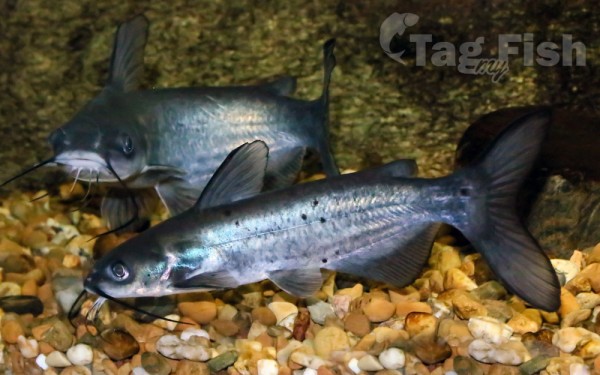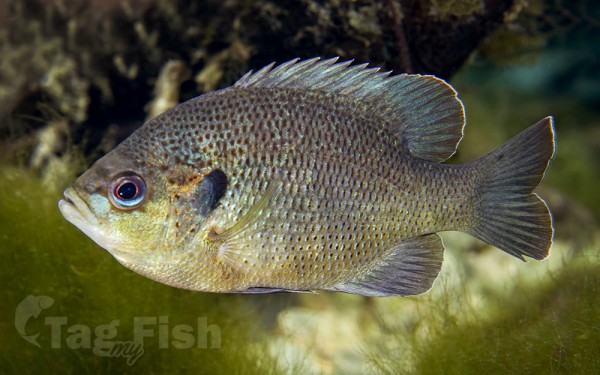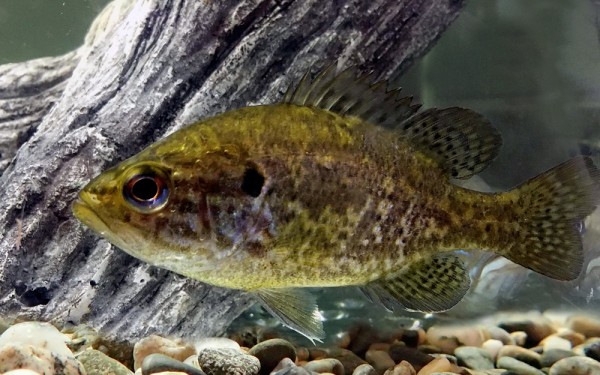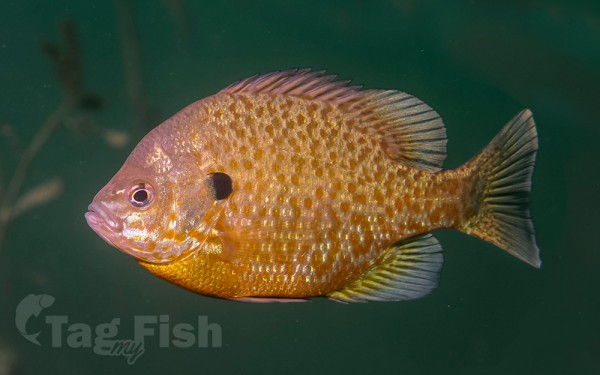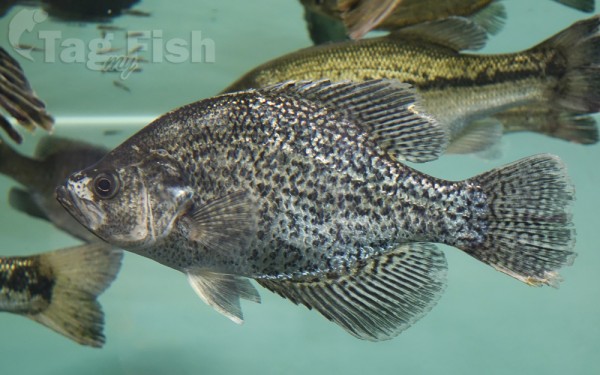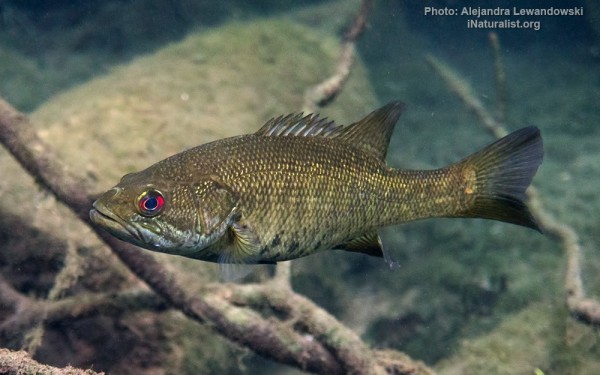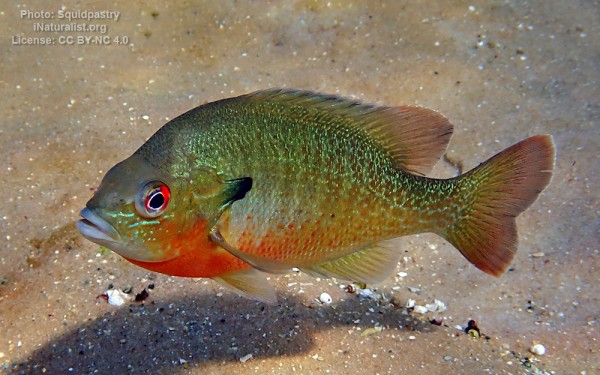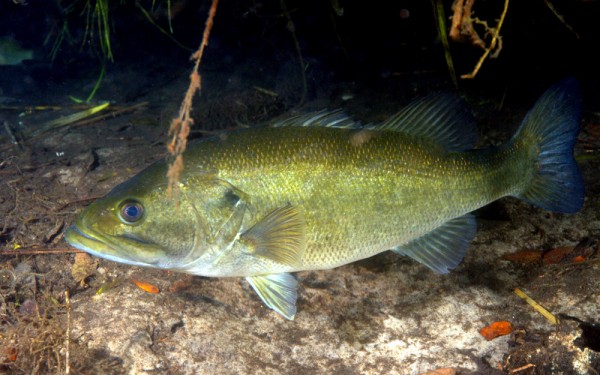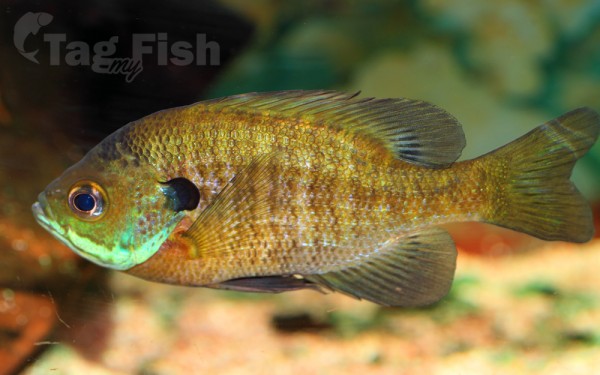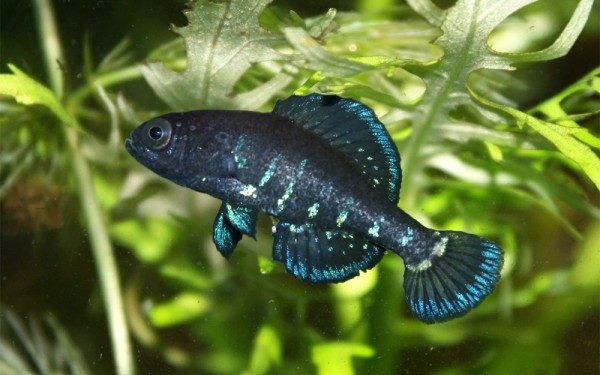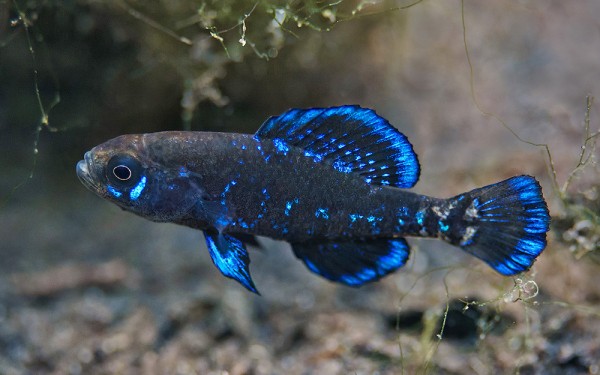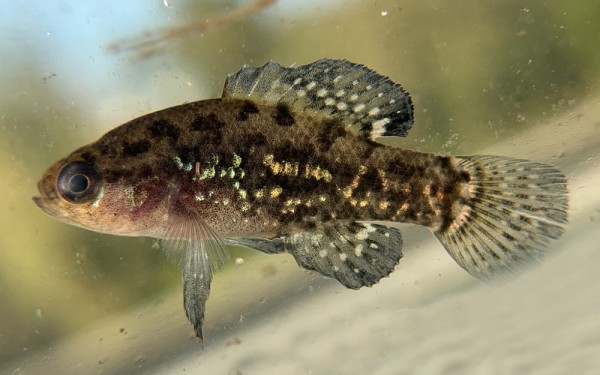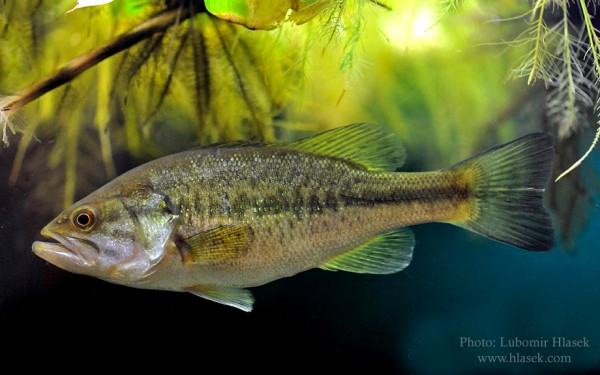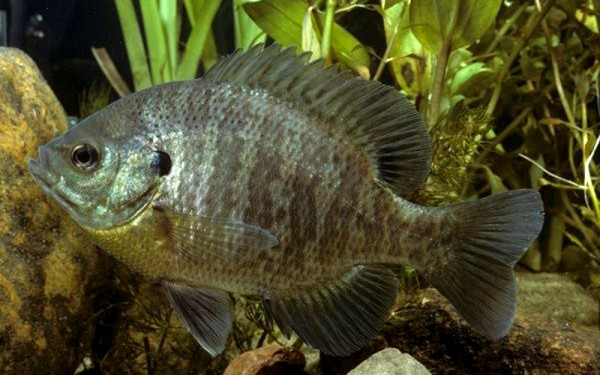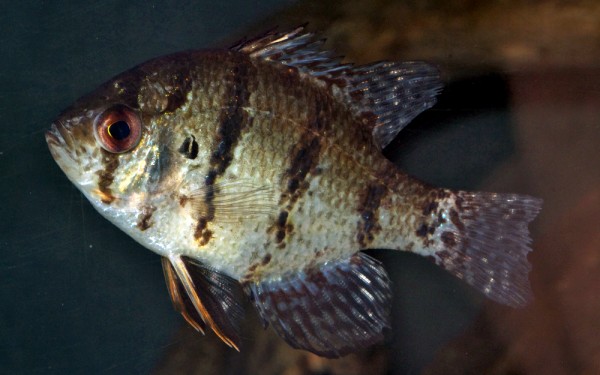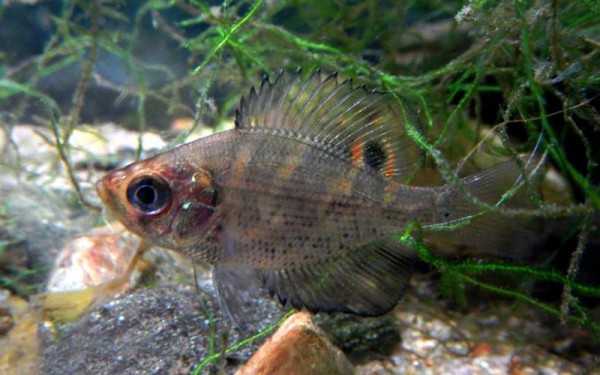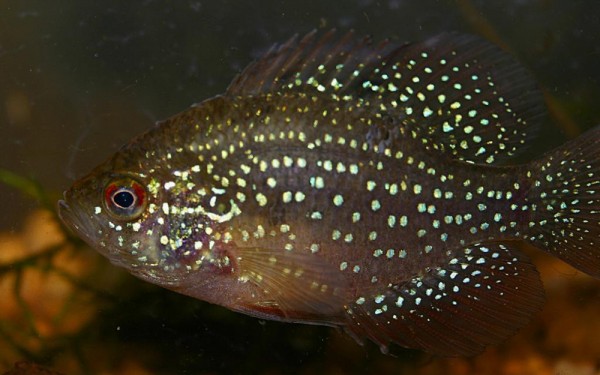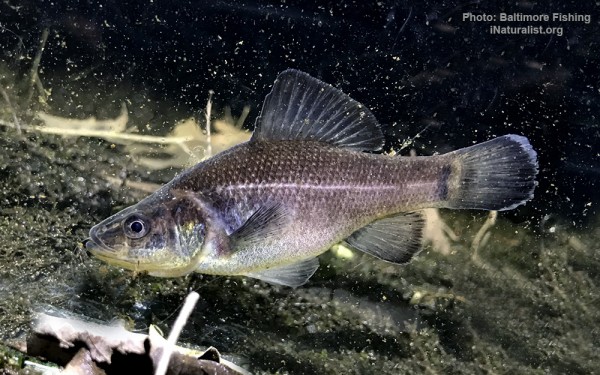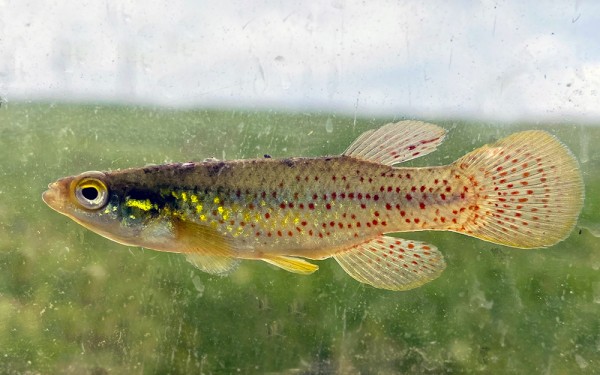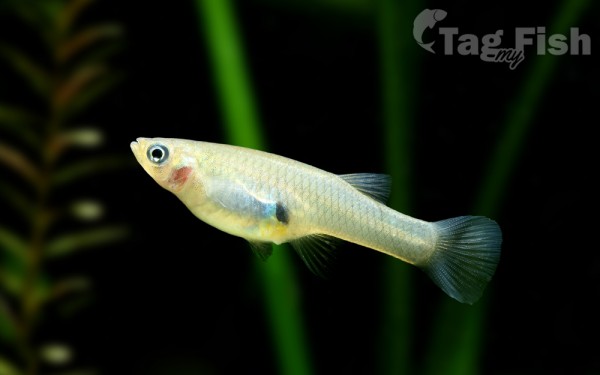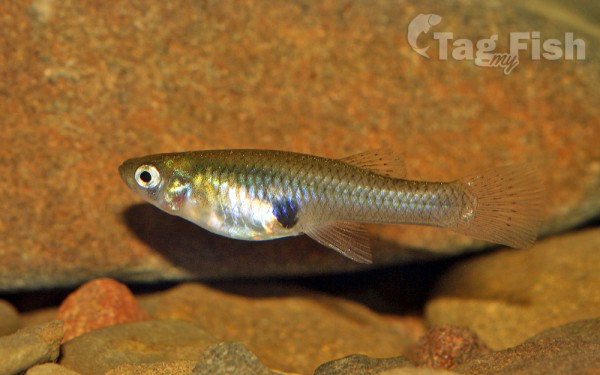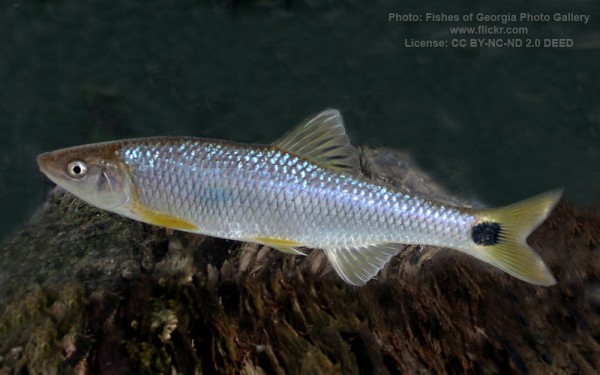Okefenokee Swamp

Siluriformes - Catfishes
Centrarchiformes - Basses and sunfishes
Percopsiformes - Trout-perches
Cyprinodontiformes - Toothcarps
Siluriformes - Catfishes
Centrarchiformes - Basses and sunfishes
Percopsiformes - Trout-perches
Cyprinodontiformes - Toothcarps
Cypriniformes - Carps
Siluriformes - Catfishes
Centrarchiformes - Basses and sunfishes
Percopsiformes - Trout-perches
Cyprinodontiformes - Toothcarps
Cypriniformes - Carps
The Okefenokee Swamp is a shallow, 438,000-acre (177,000 ha), peat-filled wetland straddling the Georgia–Florida line in the United States. A majority of the swamp is protected by the Okefenokee National Wildlife Refuge and the Okefenokee Wilderness. The Okefenokee Swamp is considered to be one of the Seven Natural Wonders of Georgia and is the largest ’blackwater’ swamp in North America.
The swamp was designated a National Natural Landmark in 1974.
The Okefenokee was formed over the past 6,500 years by the accumulation of peat in a shallow basin on the edge of an ancient Atlantic coastal terrace, the geological relic of a Pleistocene estuary. The swamp is bordered by Trail Ridge, a strip of elevated land believed to have formed as coastal dunes or an offshore barrier island.
The St. Marys River and the Suwannee River both originate in the swamp.
The Suwannee River originates as stream channels in the heart of the Okefenokee Swamp and drains at least 90 percent of the swamp’s watershed southwest toward the Gulf of Mexico.
The St. Marys River, which drains only 5 to 10 percent of the swamp’s southeastern corner, flows south along the western side of Trail Ridge, through the ridge at St. Marys River Shoals, and north again along the eastern side of Trail Ridge before turning east to the Atlantic.
Largemouth bass, crappie, bluegill, shellcrackers, and channel catfish… all species that you can forget about catching on a fishing trip to the “land of the trembling earth,” the Okefenokee Swamp. The mystical black water of the swamp harbors excellent gamefish populations, but they are of the chain pickerel, bowfin, flier, warmouth, and bullhead catfish variety. All very sporting in their own right, these acid-loving species are often snubbed, except by south Georgia swampers.
